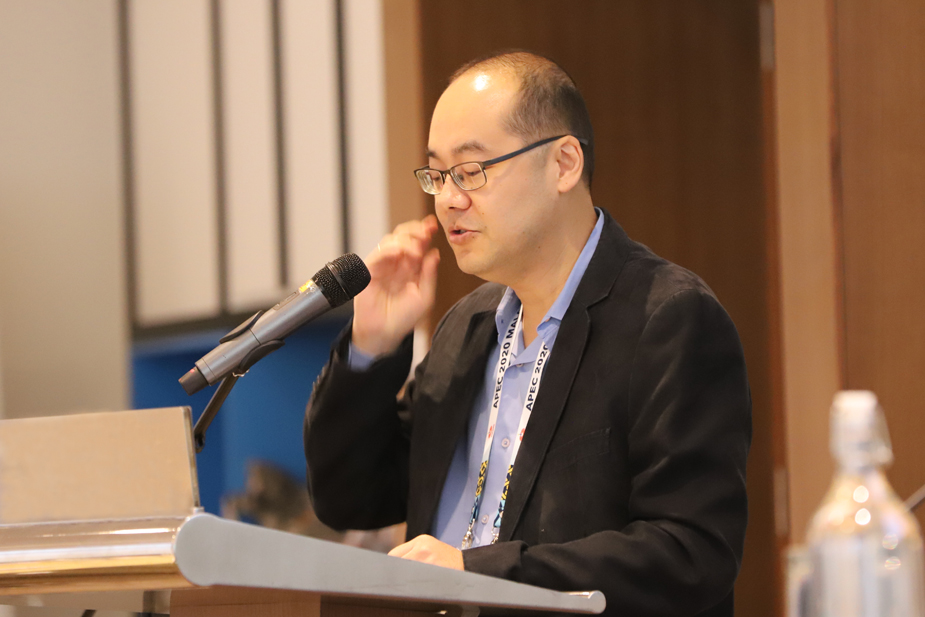Ease of Doing Business: Three Lessons for Round Three

Making it easier to do business means entrepreneurs have better access to opportunities. It means more competition and more jobs without the threat of corruption.
For over a decade, APEC has been trying to improve the conditions for conducting business in the Asia-Pacific region, with some success. The ease of doing business (EODB) agenda has been part of an ongoing bid to promote more structural reform, which aimed to reduce behind-the-border barriers to trade and investment.
The EODB project has gone through two iterations. During its first phase, from 2010 to 2015, an action plan was put into motion and, given initial success, another one was implemented from 2016 to 2018. We set targets, priorities, as well mechanisms to assess progress. We engaged in tailor-made activities where certain economies led others as “champions” in building capacity for specific priority areas for achieving ease of doing business tarets targets.
True to APEC’s emphasis on diversity and collegial spirit, both developing and industrialized economies volunteered to be champions: for example, while “starting a business” was championed by New Zealand, Mexico was one of the champions for “getting credit” and Malaysia for “trading across borders.”
I’ve written previously about the 2015-2018 assessment, in which we found that it is easier to set up and register a business, deal with construction permits, get credit, trade across borders and to enforce contracts in the region. We believe this has translated to better regulation and has already improved business conditions in APEC economies. Positive results, and a positive reception from businesspeople and the public sector, has led to a desire to continue the initiative.

The author, Carlos Kuriyama, speaking at the Workshop to Finalize the Third APEC Ease of Doing Business Action Plan, organized by the US-Support for Economic Growth in Asia (US-SEGA) activity and held in Putrajaya, Malaysia, in anticipation of the first APEC 2020 Senior Officials’ Meeting.
A third phase is an opportunity. Work has already begun to determine how to best seize it. Among the many activities held in Putrajaya this February, during the first cluster of APEC meetings for the year, was a workshop and brainstorming session to discuss possible new priorities, examples of ease-of-doing-business principles in practice, and lessons learned. Below I offer brief insight on three of the latter:
1. Look at value and not ranking
It is very tempting to gauge success by looking at where an economy stands relative to its peers, and using this as a guide for which areas to focus on. An economy could, for example, determine which indicators will improve their ranking if they are improved, and they only make the effort to improve that specific indicator.
It must be considered, however, that rank orders are not necessarily good value indicators. We need to be more holistic and look at indicator values, sometimes to the point of forgetting about the ranking, which have their use, but not if they become the point.
2. Develop capacity to employ an all-of-government approach
We noticed that progress is sometimes slow in some areas when reforms require certain levels of government approval. In the case of the priority area, “enforcing contracts,” for example, progress requires changes to the judiciary system, which, in many governments require extra processes such as approval from a legislative body. On the other hand, in priority areas where reforms are mostly implemented by either local governments or directly by the executive branch, progress can be much faster.
This calls for more capacity building related to the implementation of reforms that require inter-institutional coordination within governments. Officials rarely lack knowledge about what kind of structural reform is needed but may need assistance in terms of navigating the processes required to move things ahead and how to convince other institutions of the importance of collaborating.
3. Capacity building works
Another lesson we can learn from the first two action plans is the importance of capacity building—activities, such as training modules or workshops, designed to strengthen human and institutional resources. We can say with confidence that economies have implemented concrete change after benefitting from such activities.
I recall the case of Indonesia, which was very interested in capacity building exercises on how to make it easier and faster to start and conduct a business.
Champion economies heeded their call, engaged a consultant which met with Indonesian government officials, entrepreneurs and other stakeholders.
The consultant wrote a report, provided recommendations and delivered those recommendations to the Indonesian government. Indonesia implemented some of these recommendations. For example, it abolished the requirement for a paid a minimum capital as a condition to start a business.
This is only an example of the kind of progress that has been achieved. But there is always room for improvement. I have no doubt that, at its third iteration, APEC’s Ease of Doing Business initiative will continue to improve the way business is conducted in the region.

